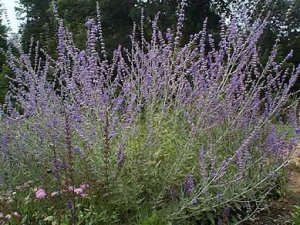I’m excited! Not only has it finally stopped raining, but the Master Gardener at the Jefferson Co. Cooperative Extension Office emailed me back with detailed answers to my questions. And not only that, but she gave me a thorough list of lectures/classes in town for the next month offered by the Extension Office. I think they are free offerings because most of them take place in public libraries and schools. There’s even one for kids during spring break and I’ve added it to my calendar for an activity that week.
Below are my questions and the master gardener responses:
1. I asked about planting beneath my dogwood. She didn’t really give me suggestions, but I found some ideas in Fine Gardening. Sarah, the master gardener, wrote that I “will continuously have a difficult time growing plants around the base of a tree. Rather, you should mulch around the base of trees. Keep in mind not to “volcano” mulch meaning not piling much closely to the trunk of the tree. Consistent layer of about 2″ of mulch will be sufficient.”
2. I asked about moving the peonies, even though I was already pretty sure of the response. Sure enough, Sarah recommended “September or early October is the best time to add new peonies to your garden or divide older crowded plants. Planting in early fall gives peony tubers time to become established before winter.” Looks like my lovelies will be hidden for another spring season.
3. For shady bushes, Sarah recommended this link: http://www.ca.uky.edu/agc/pubs/ho/ho77/HO77.PDF , which I haven’t checked out yet.
4. And for the oak leaf hydrangeas that barely survived their current location, Sarah told me that “it’s best for root development to transplant in the fall, though early spring is the second best time to transplant your hydrangea. To make transplanting easier, remove any dead/diseased wood and also prune back the top growth to reduce the size for easier mobility. Once you transplant,
remember to water thoroughly and mulch. Avoid fertilization until next spring.” Since there isn’t anything to remove, I’ll just dig ’em up and cross my fingers. If they don’t make it, I tried. I think I’m going to plant some Russian sage in their spot with some white cone flowers, if there is room.
Sarah was super helpful. I can’t wait to check out some of the Cooperative Extension lectures and workshops. If you live in Louisville and need answers to a gardening question, go to the Extension website or email the master gardener for more information about Horticulture, 4H, Agriculture, and Family Science. If you don’t live in Louisville, go to the Federal site and find your local office!
